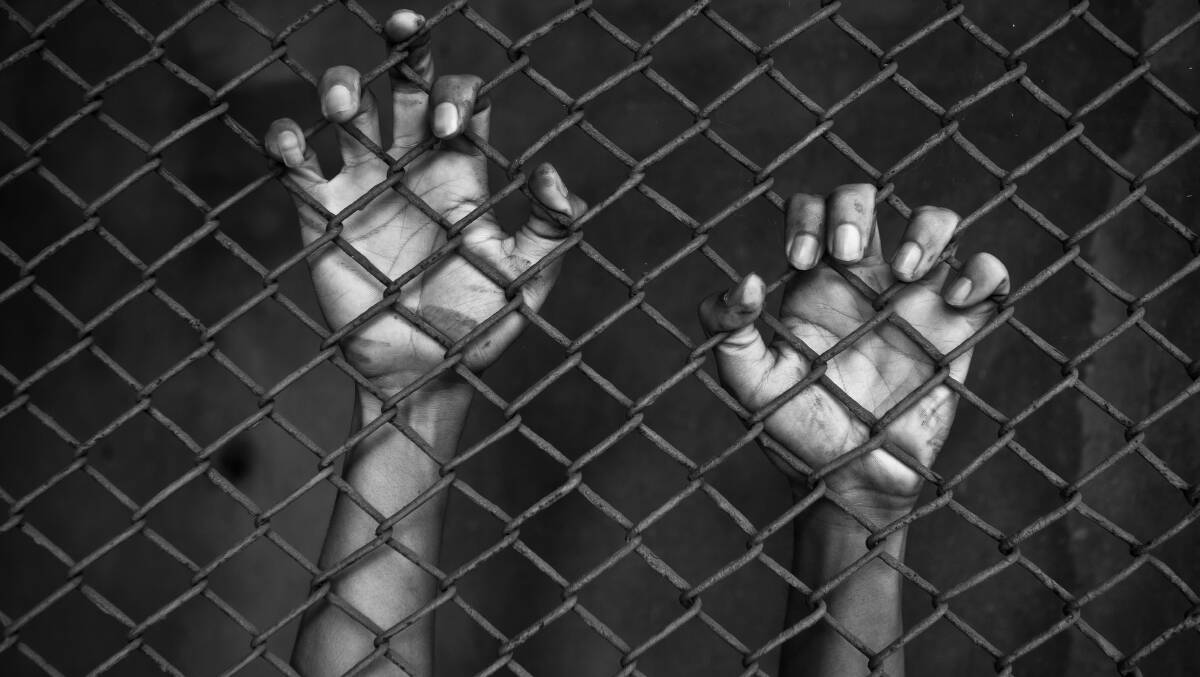
What do we see when we look behind the walls of Australia's youth detention centres and prisons? What does our national report card look like?
Subscribe now for unlimited access.
or signup to continue reading
We currently have a situation where we are unnecessarily incarcerating thousands of children each year - mostly on remand, and often for short, disruptive periods of time. More than half of these children are First Nations.
It is entirely possible to address the drivers of children's incarceration, but we need to first acknowledge children's imprisonment is a policy failure and secondly on a significant scale, resource genuine alternatives to incarceration. It's clear children are being managed in prisons, rather than receiving support, care, programs, education and opportunities in the community.
Data from the Australian Institute of Health and Welfare shows 97 per cent of children received into custody in 2020-2021 were unsentenced and 90 per cent of children released from custody were also released from unsentenced detention. About one-third of unsentenced children completed their remand period and received some form of sentence, but only 20 per cent of this cohort went on to be sentenced to detention.
The community-led alternatives for children available to most courts as diversionary and bail support options are currently extremely limited. There is also very limited access to specialist support for children who are at risk. However, for children who are able to access such support, the outcomes are extraordinarily effective.
For example, over the last 10 years Backtrack Youth Services in Armidale has supported more than 1000 children and young people at risk of criminal justice system involvement or entrenched in the justice system. The organisation is funded almost entirely with philanthropic money.
An impressive 87 per cent of the young people who leave Backtrack transition into employment or education.
A UNSW report of the impact of the program on the local community found a 35 per cent reduction in crime because of the engagement of young people in the program.
The most telling vindication of the truth of our assertion about the appalling lack of services and supports for the most marginalised and at risk kids in Australia came from governments themselves following the national meeting of attorneys-general last year.
They issued a public statement confirming the lack of services and alternative options was the principal reason for failure to progress raising the age of criminal responsibility above the age of 10 in most jurisdictions.
Among adults, there has been a 44 per cent increase in the number of people in Australia's prisons in the last decade, and there are plans in almost all jurisdictions to build new prisons or to expand existing infrastructure. Even though they constitute 3 per cent of the population, 31 per cent of the people in prison are Aboriginal and Torres Strait Islander people, with even higher representation in some jurisdictions.
This is happening at a time when crime rates in most of the major categories are at an all-time low. There is no causal relationship between imprisonment rates and crime.
That is, crime reduction is not able to be explained by higher rates of incarceration but rather by a series of interrelated shifts in economic, cultural and social and justice policy.
The evidence confirms imprisonment for adults in Australia is not working to deter, rehabilitate or keep the community safer. More than half (59.9 per cent) of the people in prison in Australia have been in prison before - an increasing trend. In 2020-21, 45.2 per cent of people released from prison returned there within two years.
In Australia we spend more than $4.2 billion each year on prison operating costs, and more than $6 billion each year when we include capital costs. The cost of keeping someone in prison is around $107,638 each year.
Estimates of the cost of providing intensive, specialist community-based services with proven ability to keep people out of prison range from $8000 to $36,000 per person per year, with the higher cost arising where there were substantial disabilities involved. Residential treatment is more expensive, but still far cheaper and more effective in reducing recidivism than incarceration.
READ MORE:
Our society is paying a huge price socially and economically for our record incarceration levels. The inevitable result of the current policies is to create an intergenerational underclass of people who go around and around the criminal justice system with all the attendant consequences of that for the individuals concerned, their families, communities and society as a whole.
Jailing is failing. There can be no doubt if governments invested in evidence-based alternatives to incarceration designed to break the cycle, judges and magistrates would have a much wider range of options for effective sentencing to reduce future offending, turn lives around and make the community safer.
In the words of Winston Churchill: "The first real principle which should guide anyone trying to establish a good system of prisons should be to prevent as many people as possible getting there at all."
- Robert Tickner AO is Australia's longest serving minister for Aboriginal and Torres Strait Islander affairs and chair of the Justice Reform Initiative.

